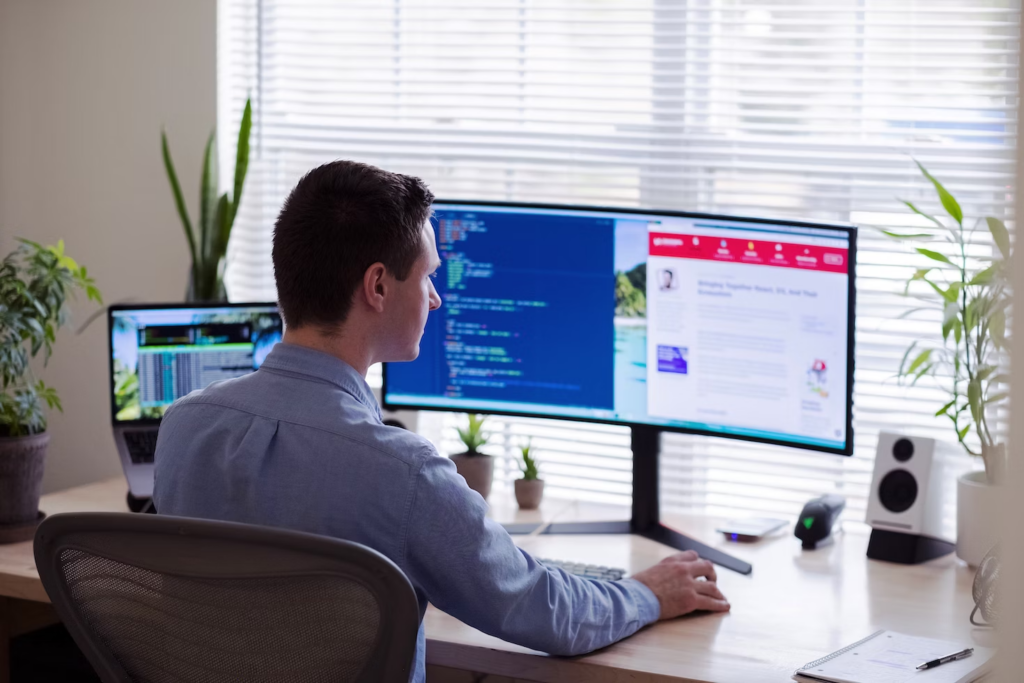In today’s digital landscape, enterprises often look for the best digital solutions. For this reason, estimating the ideal and TCO (total cost of ownership) is crucial for making more informed and advanced IT decisions. TCO indeed encompasses all direct and indirect costs related to the software’s overall lifetime, and it is also critical in calculating the complete return on investment (ROI).
As the total cost of ownership (TCO) is all about the expenses involved in purchasing, using, deploying, and retiring a product, it has become more important than ever to make more informed choices for enterprises. So, in this write-up, we will explore the facts and assist you in understanding TCO in detail.
Understanding the Costs of Different Enterprise Software:
When it comes to calculating the total cost of ownership for software solutions, the cost involves three main types of software:
Cloud Software: here, the cost is included in software licenses, user training, data migration, external system interfaces, etc. The selection of a reliable CSAT tool is crucial for assessing user satisfaction and optimizing these cloud-based software solutions.
Off-the-Shelf Software: Such software runs on-premises and in a hosted data centre. The components included software licenses, implementation, hardware, training, data migration, and customization. A popular option for payroll software.
Custom Software: If you are constantly struggling to gain a competitive edge or achieve the basic company needs, you should be relying on software developed by an experienced and reviewed company for safety measures. Despite the cost may differ from the initial purchase price, it includes implementation. Furthermore, it also comes with the criteria of setting up the software and integrating it with your existing systems; and enhancements, which are equally important to customize software according to a business needs. Along with enhancements, it will also guarantee training, user support, data center expenses, and disaster review. As a result, by securing your company with all of the mentioned possible factors, you can make an elaborate decision of which software you should prefer and why.
However, to accurately calculate the right amount of TCO in business and enterprise software, it is crucial to consider all the potential costs over the initial deployment. Here, the cost of hosting, hardware, support, and all the necessary expenses of buying and owning can offer you the best software solution.
In recent years, calculating different enterprise software’s Total Cost of Ownership (TCO) has brought significant changes and many trends. However, you can not deny the adoption of different cloud-based solutions. The Software-as-a-Service (SaaS) offerings have also increased, influencing different pricing models and flexibility. Integration, security, scalability, and all the compliance considerations have also been considered more crucial steps in TCO calculations. Integration, security, scalability, and all the compliance considerations have also been considered more crucial steps in TCO calculations, where the expertise of the best cloud consulting companies plays a pivotal role.
Accurate TCO Estimation – A Strategic Move and Necessity
Accurate Total Cost of Ownership (TCO) estimation is a strategic move and a necessity for businesses and organizations. It is even considered a comprehensive financial assessment beyond the initial purchase price of an asset, product, or service. Here, the total cost is associated with the entire lifecycle.
Unveiling Hidden Costs That Play a Role In Software Selection
Properly estimating the Total Cost of Ownership (TCO) for different software for businesses and enterprises is a crucial and strategic step. This step can help businesses to make more concise and well-informed software selection decisions. There are also some overlooked and hidden costs associated with different software solutions. The statement of TCO has shed light on these factors.
All IT leaders, by proactively collaborating with the key stakeholders, have successfully ensured a comprehensive TCO estimation. They have also encompassed different aspects of software implementation.
Collaboration and Realism – These Are The Key To Confident Decision-Making
By adopting an advanced and collaborative approach for making realistic TCO and Return on Investment (ROI) estimates, businesses can assuredly and confidently choose the most suitable software solutions. They have even successfully driven digital transformation in this field.
Empowered with the ideal knowledge, businesses can now deal with the complexities of TCO calculations more precisely. And they can also ensure better Accounting software for investment decisions aligned with all the long-term business objectives.
Transforming Your Business with Accurate TCO
We know that building your tech stack is extremely daunting. Sometimes, it is involved with risks and lots of potential pitfalls. Properly investing finances, time and the challenge of aligning various departments can overwhelm the overall process. However, the right solutions, when chosen collaboratively, can significantly boost the ROI on your tech investments.
We also understand the struggles different businesses face when navigating the overall tech landscape. From sellers making bunches of elevated vows to one-sided market correlation evaluators, tracking down the right innovation to match your necessities can be a daunting task. Also, conducting a market survey, thorough need analysis, and identifying the incredible technology which are essential to discovering different solutions that can transform your business, and you can also get the chance to enhance your bottom line.
The right agency can help you make a different approach to empower your business and bring overall digital transformation. The advanced process also aims to cut unnecessary sales pitches and wasted efforts, besides ensuring the perfect solutions for your business without any guesswork.
In essence, to effectively manage the IT budgets and a good positive optimal performance, businesses should consider a necessary Total Cost of Ownership (TCO) analysis. Meanwhile, this process involves a thorough evaluation of the costs related to purchasing and maintaining the several components of the tech stack, which includes servers and software. Hence, by practicing this, several businesses and start-ups can avoid common mistakes like underestimating their IT needs and purchasing inadequate equipment. Meanwhile, underestimating them can also lead to slower service, uncontrolled downtime, and several issues that downgrade the operation.
Hence, if you are constantly looking for prosperity and growth in your business, you should achieve a clear understanding of its tech stack and how it can increase to modify its operations. Along with the right technology and tools investment, several businesses can catalyze the process along with improved efficiency and performance. Hence, with all the accurate steps, a business individual can do it right in competition and achieve long-term success.
FAQs
What is TCO, and why is it crucial in the context of software solutions?
Total Cost of Ownership involves evaluating all costs associated with owning and implementing software, providing a comprehensive financial perspective crucial for informed decision-making.
Why should businesses go beyond the initial sticker price when evaluating software costs?
The initial sticker price only represents a fraction of the total cost; understanding the base cost and implementation expenses is vital for accurate financial planning.
How can businesses mitigate hidden costs associated with software ownership?
Regular TCO audits and negotiating favorable terms with vendors are proactive strategies to mitigate hidden costs and risks.
What role does user experience play in the TCO calculation?
User experience influences efficiency and satisfaction, impacting productivity and, consequently, the overall TCO of a software solution.
How can businesses future-proof their software investments in the rapidly evolving tech landscape?
Predicting future needs, adapting to technological advancements, and benchmarking against industry standards are key strategies for future-proofing software investments.



